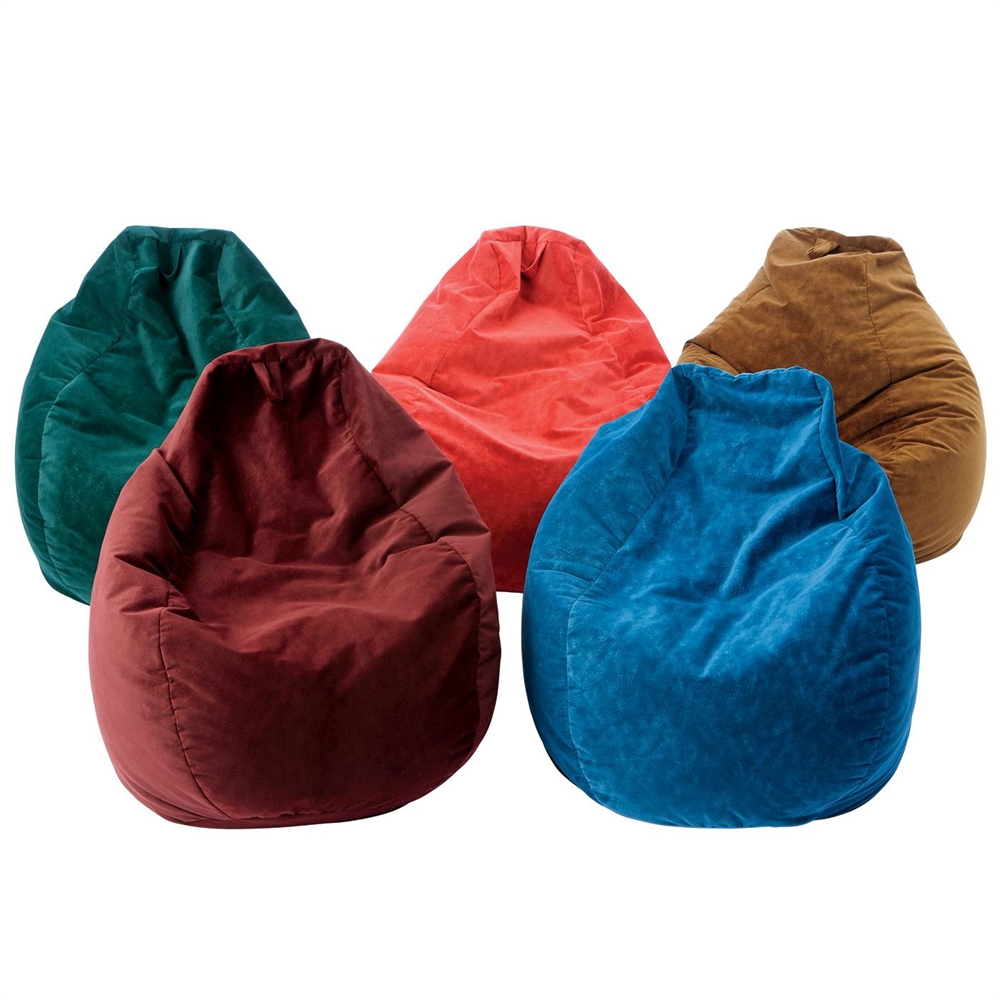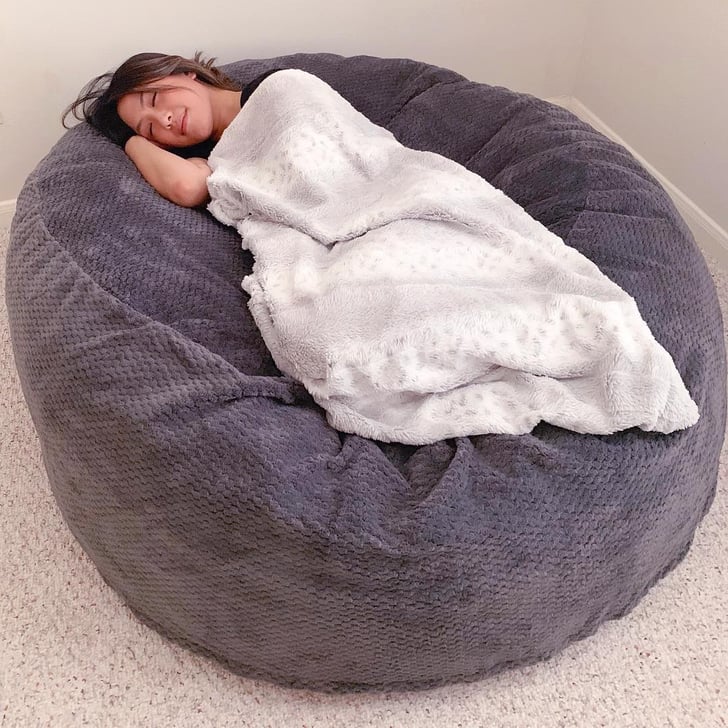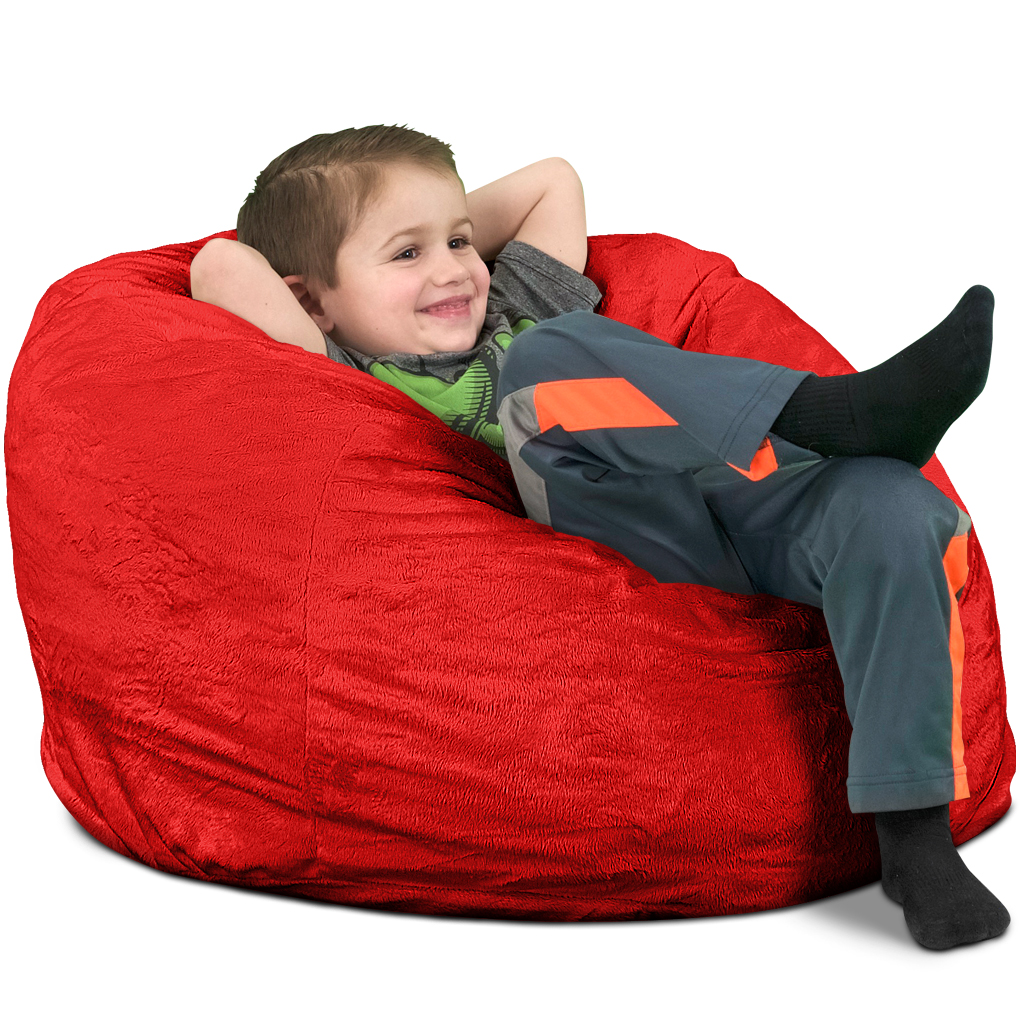Bean bags are unsurprisingly popular. They are portable, easy to clean, and their covers may be changed. However, despite the convenience and visual appeal, many consumers are questioning the safety of such seating. And since it is often preferred by kids, the toxicity issue is nothing trivial.
So, are bean bag chairs toxic? In fact, there is no definite answer. Reputable manufacturers ensure their products are safe according to the existing norms. One may check jons guide reviews of bean bag chairs to see the safest options available.

Benefits of Bean Bag Chairs
There are several undeniable advantages of sitting on such chairs in comparison with conventional options.
1. Healthy Seating
Medical studies have shown them to be ergonomically superior to old-school furniture. The use is associated with the alleviation of a group of health problems. This explains why these modern chairs are even prescribed to patients afflicted with certain conditions, such as autism.
2. Design Benefits
3. Easy to Look After
The removable covers are machine washable. This makes bean bags especially popular with families who have small kids or pets. Keeping the seating clean is no challenge.

What Is Inside Bean Bags?
These chairs are filled with synthetic balls, or beads, which are produced from a chemical called expanded polystyrene (EPS), otherwise known as Styrofoam (brand name). Generally, polystyrene may be either hard or foamed, and it is widely used for packaging. EPS is made up of three elements:
- polystyrene foam
- pentane isomers
- styrene
The full chemical name of the compound is the ethylbenzene homopolymer. Such beads are light but rigid, so they provide both cushioning and support. Irresponsible producers may use recycled Styrofoam. Beads originally used for a different purpose are not suitable for seating.

Is EPS Safe?
To be in danger, you need to be exposed to freshly produced EPS every day. In the Hazardous Material Identification System (HMIS) with its scale from 1 to 4, the material has received the lowest possible rating.
EPS can potentially be linked to irritation or injuries that are a minor and reversible injury. The harm could only be caused by a limited number of channels. All these risks are eliminated by the time a bean bag chair is purchased.
- Inhalation of dust from the beads causes cough and irritation.
- Exposure to pentane isomers in high concentrations is associated with headaches, nausea, and dizziness.
Additionally, the beads produced specially for the bags are perfectly smooth, which excludes any risk of abrasion. Like any other non-edible substance, EPS causes gastrointestinal irritation if swallowed. And if the beads get in your eyes, you could experience redness, blurry vision or lacrimation.
Finally, a number of credible sources have confirmed the non-carcinogenic nature of styrene. While the International Agency for Research on Cancer only acknowledges possible cancer-inducing properties, the ACGIH refuses to classify it as a human carcinogen at all.
Properties of Pentane Isomers
These components may be presented by:
- n-pentane,
- isopentane and
- cyclopentane.
All three are flammable gases. This makes transportation extremely challenging, as practically 100% of the isomers evaporate within the first two days.
Styrene
This substance accounts for a tiny fraction of EPS products, but its properties are a subject of continuous debate. In the beads, styrene is present as residual vinyl benzene. This component fuels controversy related to its potential hazardous and carcinogenic nature.
However, due to the minimal content in the bean bag filling, the risks seem negligible. For example, according to the American Conference of Industrial Hygienists (ACGIH), the danger is non-existent unless the concentration goes over 20 ppm.
Therefore, concerns primarily refer to manufacturing workers. According to the CDC, the substance may only enter the body when inhaled, ingested or touched as a liquid. Moreover, harmful effects require concentrations 1,000 times higher than may be present in the environment.

Vinyl Covers
Hence, the filling of bean bag chairs poses no threat. But what about their covers? It is always best to opt for products made of natural fibers. Irresponsible manufacturers may use vinyl to create bag covers of dubious quality.
In the state of California, for instance, all items containing vinyl are required to have labels with the following text: “WARNING: This product contains chemicals known to the State of California to cause cancer and congenital disabilities or other reproductive harm.” This surely sounds menacing.
The bad rep stems from the fact that the material contains vinyl chloride. This gas with no color is found in high concentrations at manufacturing facilities, where it is used to make upholstery for our vehicles and furniture for our homes. If you have ever purchased a brand new car, you may be familiar with the so-called ‘new-car smell’. However, the concentrations found in consumer goods are too small to cause damage.
The U.S. Environmental Protection Agency (EPA) has recognized the compound as a health hazard. Nevertheless, while manufacturing workers could be exposed to large doses due to uncontrolled discharges or evaporation of waste, bean bag owners need not worry. Despite the lengthy list of negative health effects caused by a concentrated chemical, finished products have very low vinyl chloride content.
What is alarming is the presence of other agents, such as diisononyl phthalate (DINP). A compound enhancing the material’s flexibility, it is also thought to have carcinogenic properties. Although it is involved in the production of almost all vinyl-based goods, it is strongly associated with cancer.

Conclusion
Steer clear of the cheapest covers containing vinyl, and consider top-quality good. It is impossible to deny the existence of studies pointing to a potential carcinogenic nature of bean bag filling. However, any such properties are lost by the time finished products reach buyers.
If consumers follow these general guidelines and take the required precautions, they are perfectly safe. Make sure the filling does not leave the bag, and kids or pets do not swallow or inhale the synthetic balls.










